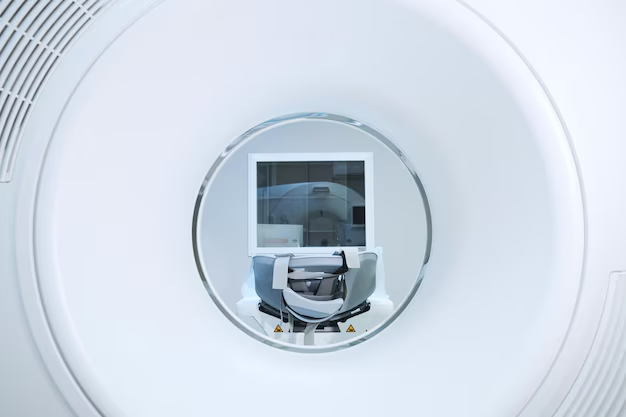How to Become an MRI Tech: Degrees, Certifications, and Licenses
Embarking on a career as an MRI Technologist offers a promising opportunity to work at the forefront of medical imaging technology. To pursue this rewarding path, acquiring the right education and credentials is crucial. Most commonly, prospective MRI techs begin their journey by earning an associate degree in radiologic technology, which typically takes about two years. This foundational education covers essential topics such as anatomy, patient care, and imaging procedures. Many choose to enhance their qualifications further by obtaining a bachelor's degree in a related field, providing a more comprehensive understanding of medical imaging.
Equally important is certification. The American Registry of Radiologic Technologists (ARRT) offers a certification specifically for MRI technologists, which is highly valued by employers. To earn this certification, candidates must pass an examination and adhere to ethical standards, ensuring they are competent and trustworthy professionals. Additionally, some states in the U.S. require a specific license to practice as an MRI tech, making it essential to check local regulations. Continuous education through specialized courses and training programs is vital for those looking to stay up-to-date with the latest advancements in MRI technology, underlining the importance of investing in ongoing professional development.
Steps to Become an MRI Tech
- 📜 Associate Degree in Radiologic Technology
- 🎓 Bachelor's Degree in a Related Field (optional but recommended)
- ✅ ARRT Certification for MRI Technologists
- 🛂 State-specific License (if applicable)
- 📚 Continuous Education and Specialized Training
